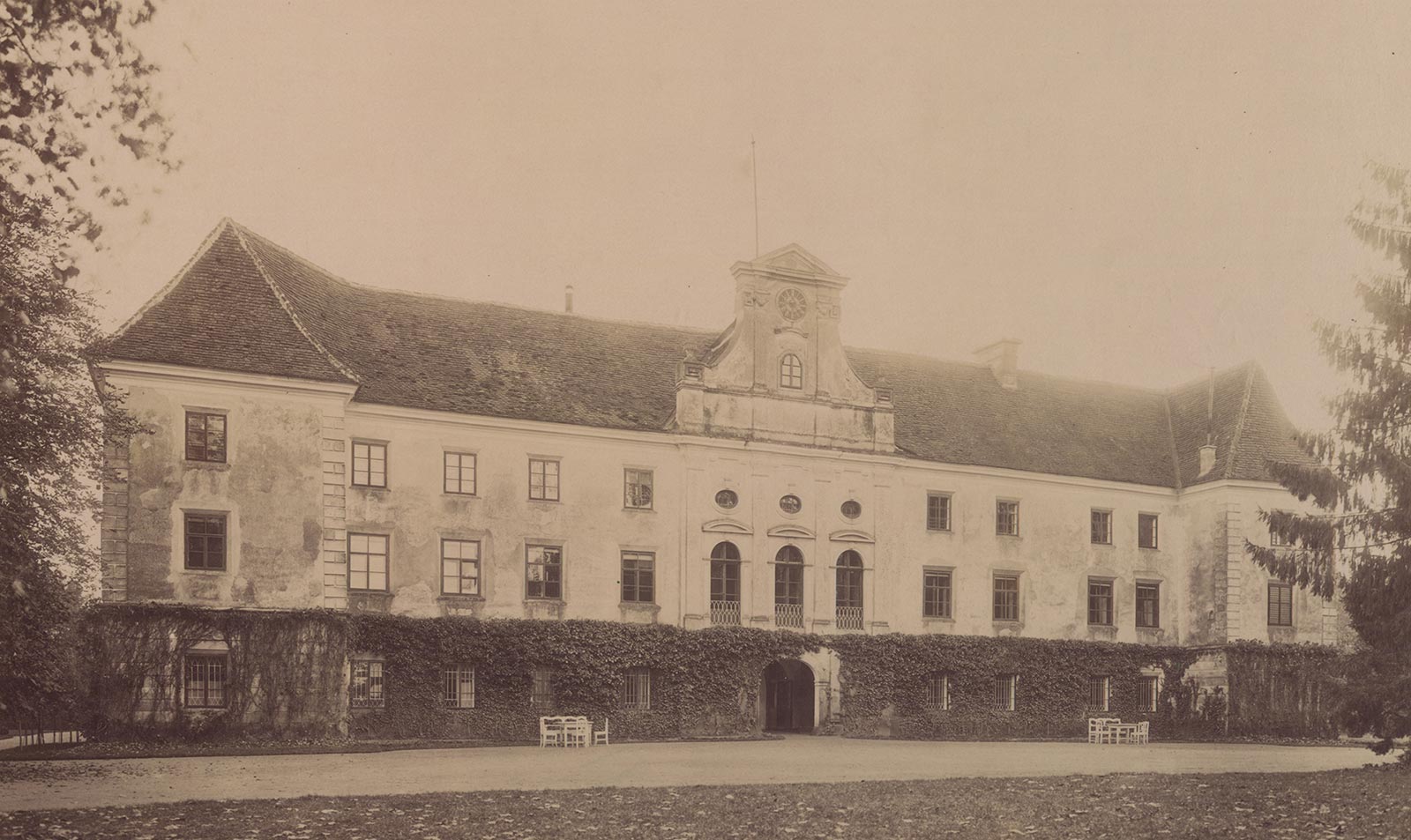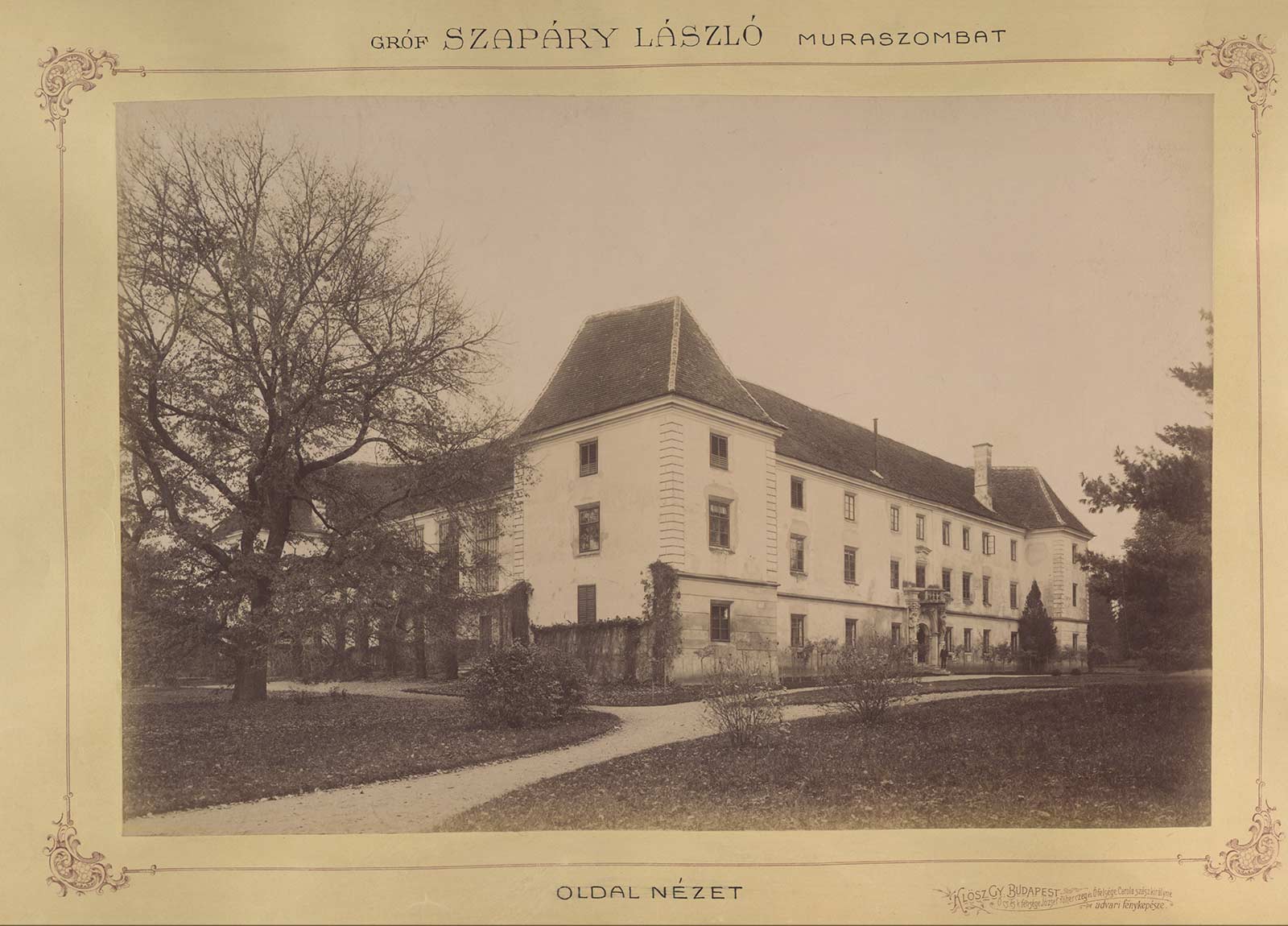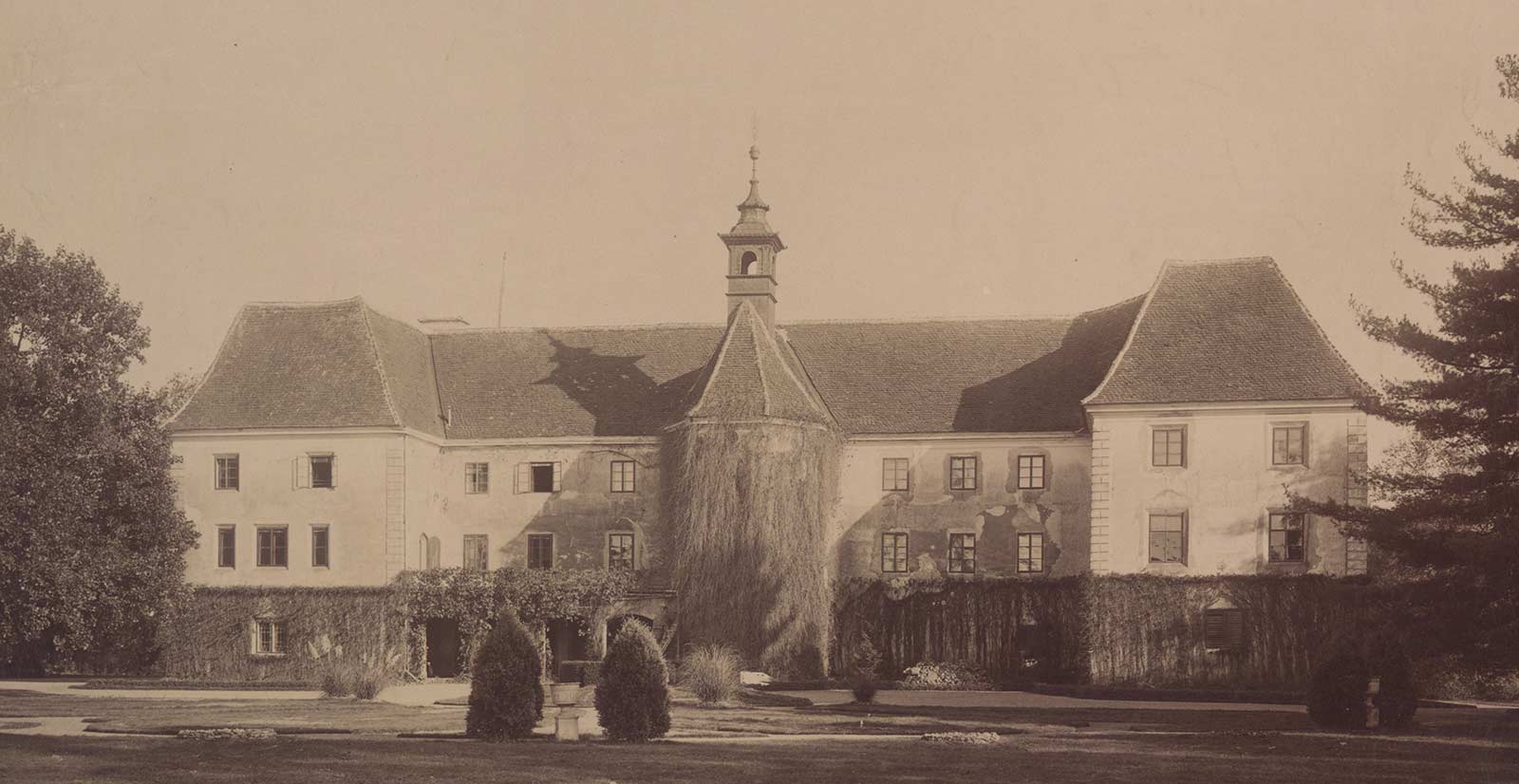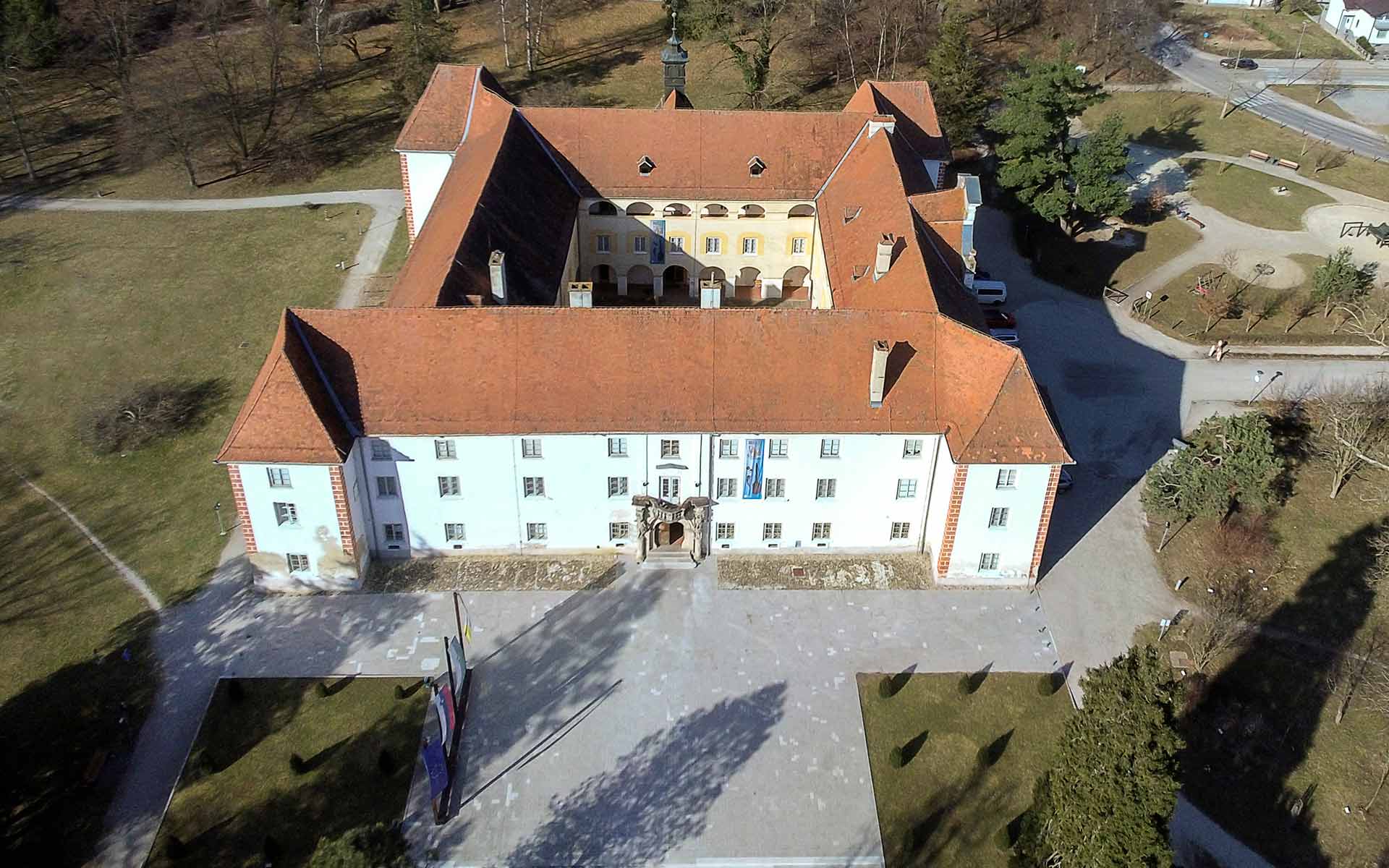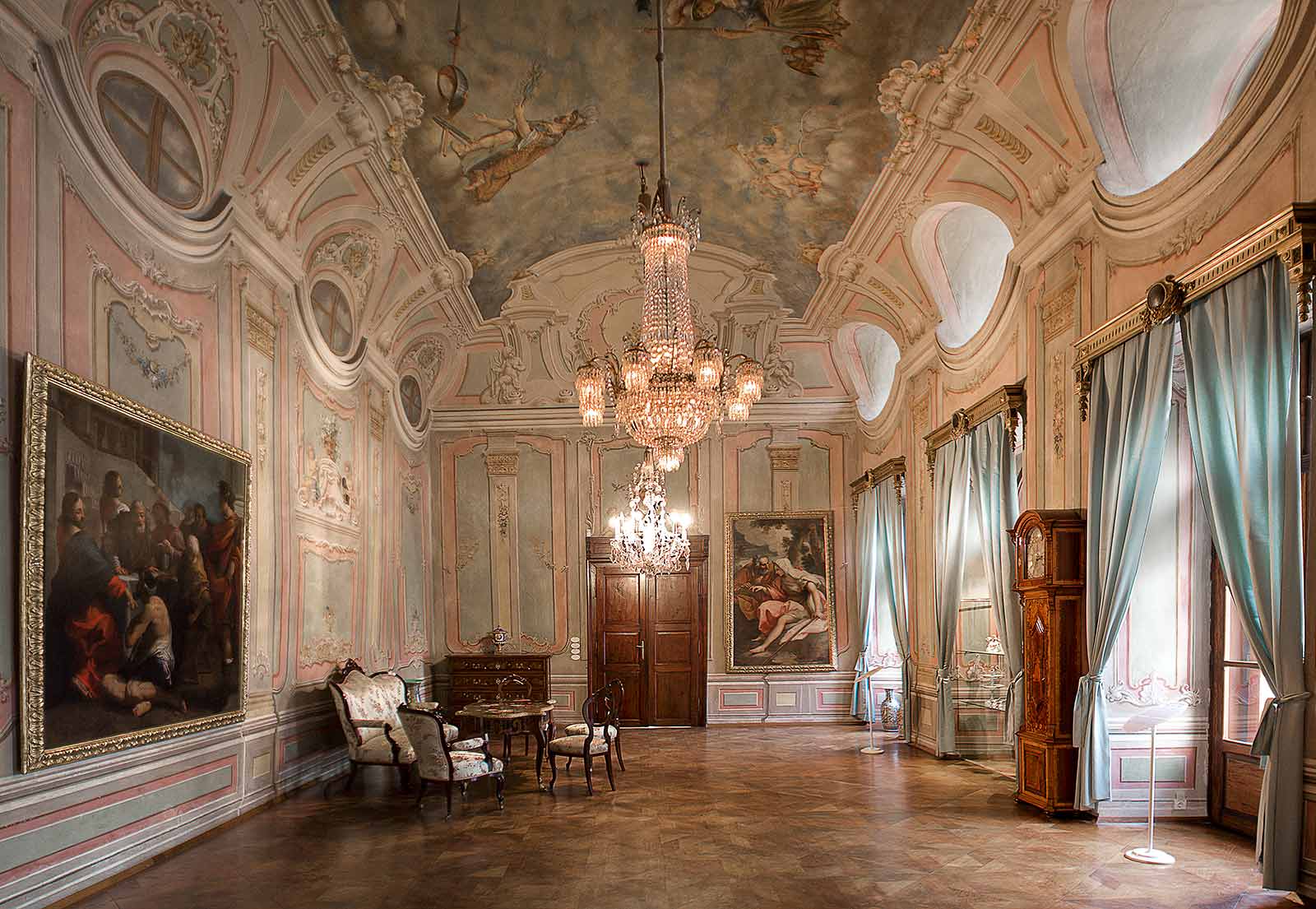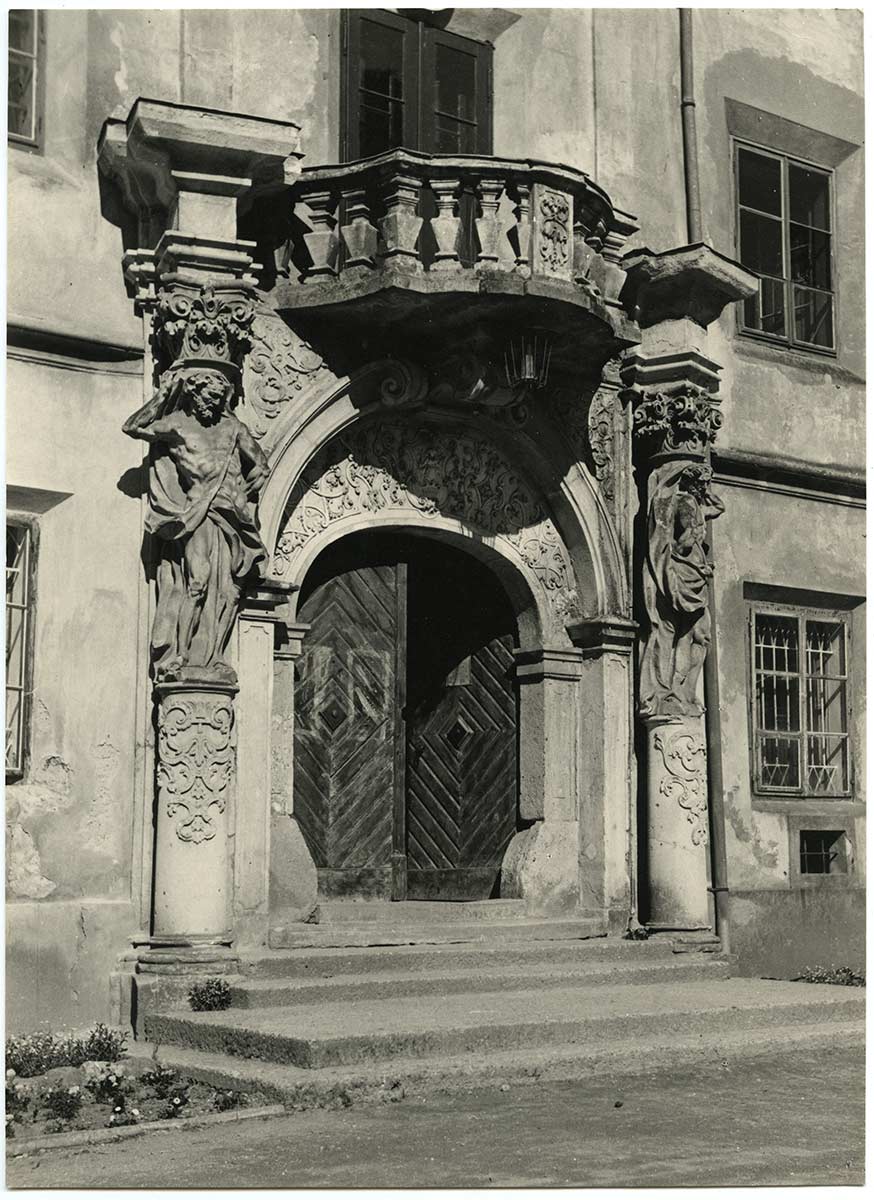Castle Murska Sobota
Renaissance castle with baroque elements
The design of the castle building reveals a Renaissance mansion with four corner towers, connected by wings. Preserved from the 16th century are the stone window frames, niches, and the arch of the northern portal. The castle's present appearance reflects the reconstructions from the 18th century, when the Szapárys turned it into a sumptuous countryside residence.
Murska Sobota castle timeline:
Murska Sobota, Belmura, Muraszombat, Olsnitz
1255
In 1255 Bel Mura court was mentioned for the first time, however it is not necessarily meaning today's Murska Sobota.1265
In 1265 the estate Belmura was mentioned for the first time.1297
Stephan from Lower-Lyndua Buzád-Hahold family owned the estate in 1297. The church of St. Nicholas at estate Belmura was then mentioned for the first time.1307–1342
In the period 1307–1342 Nicholas I. from Amadé Gutkeled family combined the estates Gornja Lendava and Murska Sobota.1348
In written sources from 1348 Murazombatha was mentioned for the first time.1365–1366
1365–1366 the Széchy family received the estate Belmura with Murska Sobota from the king Louis I. Anjou.1398
Mura Zombotha court mentioned in written sources from 1398.1478
In 1478 castellum in Belmwra – a Belmura castle was mentioned.1498
A Murska Sobota castle mentioned as castellum Mwrayzombath for the first time in written sources from 1498.1540– 1570
The building of the renaissance castle presumably began between 1540– 1570, when owned by Margaret Széchy and her two husbands.1570
Thomas III. Széchy of Rimaszéch family branch inherited the estate in 1570.1652
In 1652 Murska Sobota has been divided between Széchy family of Rimaszéch and Batthyány family.1669
In 1669 the owners of the castles Gornja Lendava and Murska Sobota are Peter, Jasper and George Széchy de Rimaszéch.1685
After the last male descendant, Peter, died in 1685, the owner of Murska Sobota was Julianne Széchy, his sister, and her husband count Francis Kéry.1687
In the year 1687 Peter Szapáry bought the estate with town and castle Murska Sobota, market town Martjanci, 39 villages and 3 desolates for 35.000 Forints.1690
Peter Szapáry bought the dominion Szécsisziget and became a baron in 1690.1722
The Szapáry family received the count title in 1722.1730
The dominion Murska Sobota is in 1730 divided between families Szapáry with Murska Sobota castle and Batthyány with Rakičan castle.1930
Almost all of the castle’s furniture and equipment was sold out at the auction of Szapáry’s property, which began in 1930.1934
The Municipality Murska Sobota bought in 1934 the castle for its purposes.1941–1945
Between 1941–1945 a court of law and a prison were stationed in the castle.1996
In 1996 the Murska Sobota castle was registered as a local cultural monument, owned by the Municipality Murska Sobota.2017
Since 2017 the castle has been managed by Pomurje Museum Murska Sobota.
The building history
- Murska Sobota castle from north side, 1895–1899, Klösz György – Source: Hungaricana, Inv. no. HU_BFL_XV_19_d_1_12_198.
- South-east corner of the Murska Sobota castle, 1895–1899, Klösz György – Source: Hungaricana, Inv. no. HU_BFL_XV_19_d_1_12_199.
- Murska Sobota castle from west side, 1895–1899, Klösz György – Source: Hungaricana, Inv. no. HU_BFL_XV_19_d_1_12_197.
The Murska Sobota castle is a Renaissance castle with four corner towers and side wings, which have a courtyard and entrance on the north and east side. Renaissance elements are preserved in the stone window frames and a portal arch on the north side.
The Baroque elements date back to the 18th century and can be found on the northern façade, in the arcade courtyard, in the chapel and in the grand salon.
- Castle Murska Sobota from the east – Photo: Tomislav Vrečič, PMMS.
The courtyard wings were walled with arcades, the northern Baroque facade was renovated, a castle chapel was added, and the Szapárys commissioned illusionist paintings in the salon on the first floor. The salon is two floors high and the paintings feature elements of classicist architecture with flower ornaments. The Allegory of Peace in the vault combines the mythological figures of Athena, Ares and Hercules, accompanied by Putti, who also appear in pairs on the walls.
The splendid impression is completed by a Rococo stove, reconstructed in 2018 with financial support of the European Union under the European Regional Development Fund as part of the cooperation program Interreg V-A Slovenia-Austria and pieces of the original furniture, which were left after the auction.
- Baroque stone portal – Photo: Tomislav Vrečič, PMMS.
The most exquisite Baroque element of Murska Sobota Castle is the stone portal of the eastern wing, decorated with rich ornaments, and featuring a balustrade balcony supported by two sculpted Atlantes. This masterpiece, originating from the 18th century, was placed in that spot at the end of the 19th century. It was made for a city palace Grassalkovich in Budapest which was demolished due to the city’s modernisation works.
The nine-hectare palace park – today's city park – dates back to the Baroque period and it was planted as an English garden in the 18th century.
- Baroque stone portal – Source: Jože Kološa – Kološ, PMMS
At the time of the last Count of Murska Sobota, Ladislas Szapáry, the castle was sumptuously equipped with historicist furniture and works of art, which were largely sold in the 1930 and 1931 auctions. The appearance of the castle rooms has been preserved in photographs from the late 19th century. The building itself was purchased by the then Municipality of Murska Sobota.
